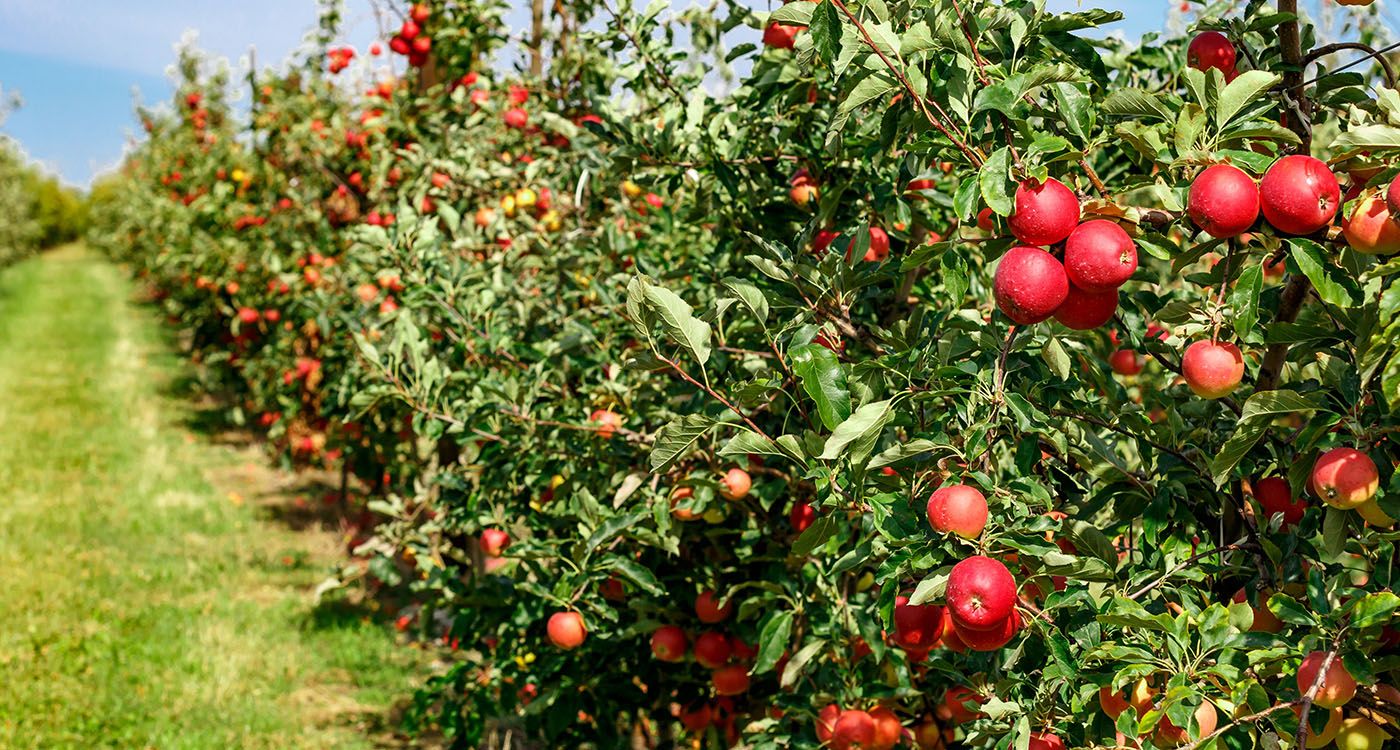
Between invasive blight and unpredictable weather, Lebanon’s apple industry is struggling to stay afloat. In the orchards of the country’s mountain regions, an invisible enemy is slowly eating away at leaves, blossoms and fruit: the infamous apple scab. This year, drought has compounded the damage – weakening the trees and making growers’ work even harder. Yet orchardists are not giving up. Their best tools remain prevention, persistence and passion.
In Lebanon, the apple is a cornerstone of both culture and agriculture. It fills market stalls, embodies the freshness of the mountain regions, and represents a significant share of local farming. But beneath its smooth skin, a quiet crisis is unfolding: apple scab. “Or more precisely, Venturia inaequalis – a fungus with little that’s poetic about it,” a grower told This is Beirut. “A harsh name for a sneaky fungus that attacks leaves, flowers, branches – and especially the fruit – causing dark blotches, deformities and premature drop.”
In the cold, damp regions of Upper Metn, Akkar and the Beqaa – where apples naturally thrive – this parasite lies dormant in dead leaves throughout the winter before returning with renewed force as spring moisture arrives. Its favorite playground? “Poorly ventilated, overcrowded or poorly maintained orchards. An infection can destroy up to 30% of the harvest,” the grower added.
As if one problem weren’t enough, this year, drought has dealt orchard growers an even tougher hand. Winter rainfall was among the lowest in a decade. The result: depleted groundwater, widespread water stress and weakened orchards – leaving them more vulnerable to the notorious apple scab. When the rain fails to fall, the trees suffer: lower yields, smaller fruit, and a flavor that no longer has the same crisp bite.
As is often the case in agriculture, prevention remains the best defense. The grower explains that success depends on a combination of sound farming practices and targeted treatments. These include clearing the orchard by removing fallen leaves and branches, properly pruning trees to improve airflow, applying copper-based treatments in winter before budding, planting resistant varieties when possible, and following a preventive spraying program in spring with fungicides such as difenoconazole or tebuconazole.
Effects on Production and Exports
“Around 16,000 hectares in Lebanon are used for apple cultivation, primarily in the mountainous regions. Annual production reaches approximately 150,000 tons, making apples one of the country’s most widely grown and exported fruits,” the apple grower explained.
The main export markets? Jordan and Egypt. “But apple scab can wipe out up to 30% of the harvest, cutting into profit margins, jeopardizing exports, and forcing some growers to abandon the crop,” he pointed out.
And since foreign markets tend to avoid “blemished” apples, damaged fruit often ends up confined to local consumption – or sometimes goes unsold altogether.
The apple is a symbol of rural life, a pillar of the agricultural economy and a source of national pride. But with unpredictable weather and stubborn fungal threats, growers must double down to deliver quality fruit.
Fortunately, with careful prevention, attentive farming practices and genuine passion, Lebanese apples are set to keep thriving and growing strong.





Comments